Intro
Discover the Complete Blood Picture Test, a comprehensive blood exam analyzing hematocrit, hemoglobin, and blood cell counts, diagnosing anemia, infection, and inflammation, with results informing disease management and treatment plans.
The complete blood picture test, also known as a complete blood count (CBC), is a vital diagnostic tool used to assess a person's overall health. It is a comprehensive test that measures various components of the blood, providing valuable insights into the body's condition. In this article, we will delve into the importance of the complete blood picture test, its components, and how it helps healthcare professionals diagnose and treat various medical conditions.
A complete blood picture test is a routine examination that is often performed as part of a regular health checkup or when a person is experiencing symptoms such as fatigue, weakness, or infections. The test is quick, simple, and relatively painless, involving a blood sample drawn from a vein in the arm. The blood sample is then sent to a laboratory for analysis, where it is examined for various parameters, including red blood cell count, white blood cell count, platelet count, and hemoglobin levels.
The results of a complete blood picture test can provide crucial information about a person's health, helping healthcare professionals diagnose a range of medical conditions, from anemia and blood clotting disorders to infections and blood cancers. The test can also monitor the effectiveness of treatments and detect potential health problems early on, allowing for prompt intervention and prevention of complications.
Introduction to Complete Blood Picture Test
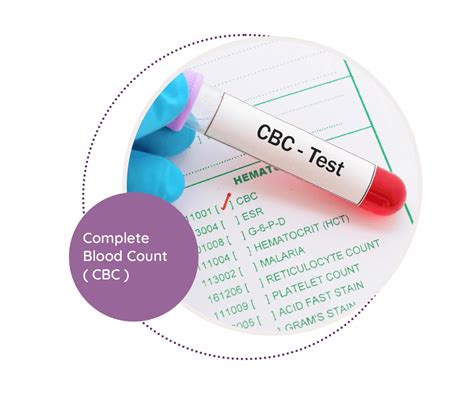
The complete blood picture test is a fundamental diagnostic tool that has been used for decades to assess a person's health. The test is based on the principle that the blood is a reflection of the body's overall condition, and by analyzing its components, healthcare professionals can gain valuable insights into a person's health. The test is widely used in hospitals, clinics, and laboratories, and is an essential part of routine health checkups, medical diagnoses, and treatment monitoring.
Components of Complete Blood Picture Test
The complete blood picture test measures various components of the blood, including: * Red blood cell count (RBC): measures the number of red blood cells in the blood * White blood cell count (WBC): measures the number of white blood cells in the blood * Platelet count: measures the number of platelets in the blood * Hemoglobin (Hb): measures the amount of hemoglobin in the blood * Hematocrit (Hct): measures the proportion of red blood cells in the blood * Mean corpuscular volume (MCV): measures the average size of red blood cells * Mean corpuscular hemoglobin (MCH): measures the average amount of hemoglobin in red blood cells * Mean corpuscular hemoglobin concentration (MCHC): measures the average concentration of hemoglobin in red blood cellsBenefits of Complete Blood Picture Test
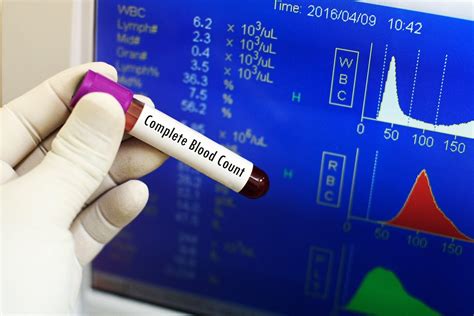
The complete blood picture test offers several benefits, including:
- Early detection of medical conditions: the test can detect potential health problems early on, allowing for prompt intervention and prevention of complications
- Monitoring of treatments: the test can monitor the effectiveness of treatments and adjust them as needed
- Diagnosis of medical conditions: the test can help diagnose a range of medical conditions, from anemia and blood clotting disorders to infections and blood cancers
- Routine health checkups: the test is an essential part of routine health checkups, providing valuable insights into a person's overall health
How Complete Blood Picture Test Works
The complete blood picture test works by analyzing a blood sample drawn from a vein in the arm. The blood sample is then sent to a laboratory for analysis, where it is examined for various parameters, including red blood cell count, white blood cell count, platelet count, and hemoglobin levels. The results are then compared to normal ranges to determine if there are any abnormalities.Interpretation of Complete Blood Picture Test Results
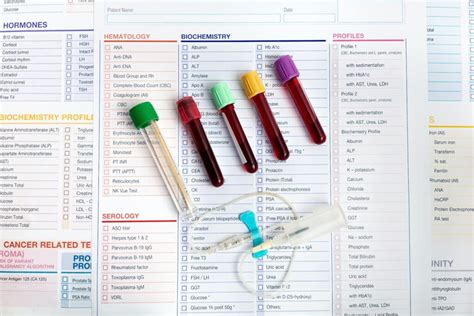
The interpretation of complete blood picture test results requires a thorough understanding of the various components of the test and their normal ranges. The results can be affected by various factors, including age, sex, and medical conditions. Healthcare professionals use the results to diagnose and monitor medical conditions, and to adjust treatments as needed.
Common Abnormalities in Complete Blood Picture Test Results
Common abnormalities in complete blood picture test results include: * Anemia: a condition characterized by a low red blood cell count or low hemoglobin levels * Blood clotting disorders: conditions characterized by an abnormal platelet count or abnormal blood clotting * Infections: conditions characterized by an elevated white blood cell count * Blood cancers: conditions characterized by an abnormal white blood cell count or abnormal red blood cell countPreparation for Complete Blood Picture Test
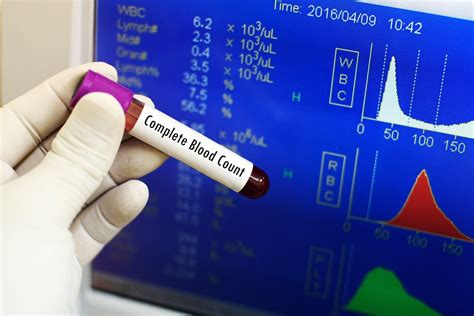
Preparation for the complete blood picture test is minimal, and includes:
- Fasting: avoiding food and drink for a certain period before the test
- Avoiding certain medications: avoiding certain medications that may affect the test results
- Informing healthcare professionals: informing healthcare professionals about any medical conditions or medications
Risks and Limitations of Complete Blood Picture Test
The complete blood picture test is a relatively safe and painless procedure, but it does carry some risks and limitations, including: * Bleeding: bleeding or bruising at the site of the blood draw * Infection: infection at the site of the blood draw * False results: false or inaccurate results due to various factors, including laboratory errors or equipment malfunctionsConclusion and Future Directions
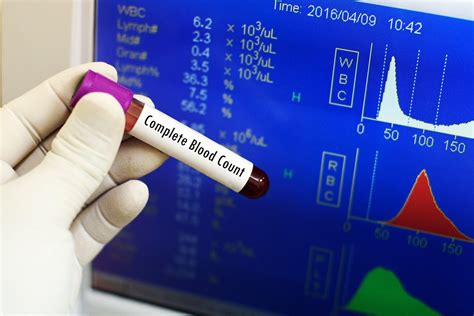
In conclusion, the complete blood picture test is a vital diagnostic tool that provides valuable insights into a person's overall health. The test is widely used in hospitals, clinics, and laboratories, and is an essential part of routine health checkups, medical diagnoses, and treatment monitoring. Future directions for the complete blood picture test include the development of new technologies and techniques to improve the accuracy and reliability of the test.
Final Thoughts
The complete blood picture test is a powerful diagnostic tool that has the potential to revolutionize the field of medicine. By providing valuable insights into a person's overall health, the test can help healthcare professionals diagnose and treat medical conditions early on, improving patient outcomes and saving lives.What is a complete blood picture test?
+A complete blood picture test, also known as a complete blood count (CBC), is a diagnostic test that measures various components of the blood, including red blood cell count, white blood cell count, platelet count, and hemoglobin levels.
What are the benefits of a complete blood picture test?
+The benefits of a complete blood picture test include early detection of medical conditions, monitoring of treatments, diagnosis of medical conditions, and routine health checkups.
How is a complete blood picture test performed?
+A complete blood picture test is performed by drawing a blood sample from a vein in the arm, which is then sent to a laboratory for analysis.
What are the risks and limitations of a complete blood picture test?
+The risks and limitations of a complete blood picture test include bleeding, infection, and false results due to laboratory errors or equipment malfunctions.
How is a complete blood picture test interpreted?
+A complete blood picture test is interpreted by comparing the results to normal ranges, and by considering various factors, including age, sex, and medical conditions.
We hope this article has provided you with a comprehensive understanding of the complete blood picture test and its importance in diagnosing and treating medical conditions. If you have any questions or comments, please do not hesitate to reach out to us. Share this article with your friends and family to help them understand the importance of regular health checkups and the role of the complete blood picture test in maintaining good health.
